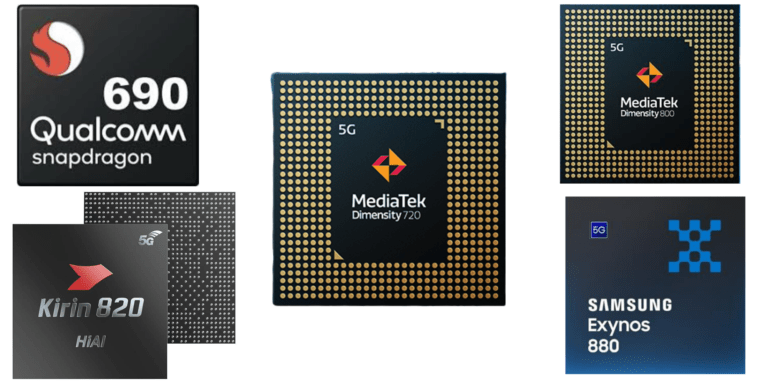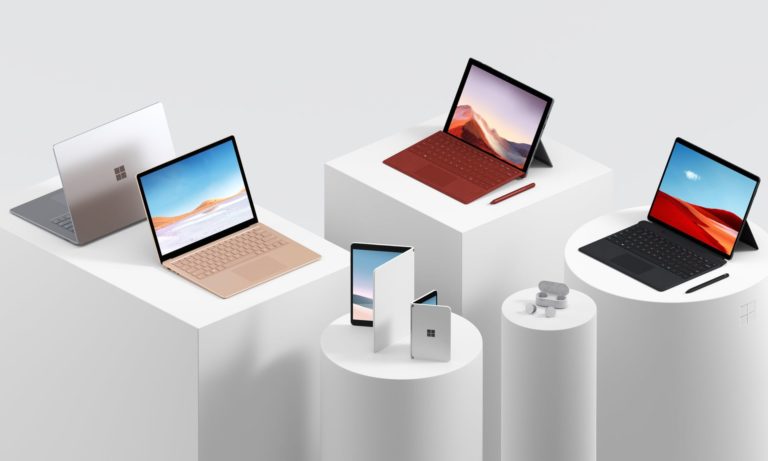Any links to online stores should be assumed to be affiliates. The company or PR agency provides all or most review samples. They have no control over my content, and I provide my honest opinion.
Yesterday at CES 2021, Samsung formally announced its flagship mobile chipset for the year, the Exynos 2100.
In previous years, Samsung has developed its own performance CPU microarchitecture for these chipsets, but that division has now been closed down, and Samsung are using Arm’s Cortex cores such as the new X1.
The decision to ditch the Exynos M cores could possibly be related to the regular criticism the flagship Exynos chipset has received in recent years.
So this new Arm based chipset aims to get Samsung back on form with an overall specification that is much more similar to the Qualcomm chipset.
Qualcomm Snapdragon 888 vs Samsung Exynos 2100 Specifications Comparison
| SoC | Snapdragon 888 | Exynos 2100 | Kirin 9000 5G |
|---|---|---|---|
| CPU | 1x ARM Cortex-X1 @ 2.84 GHz | 1x Cortex-X1 @ 2.9GHz | 1x Cortex A77 @ 3.13Ghz |
| 3x ARM Cortex-A78 @ 2.42 GHz | 3x Cortex-A78 @ 2.8GHz | 3x Cortex A77 @ 2.54Ghz | |
| 4x ARM Cortex-A55 @ 1.8 GHz | 4x Cortex A55 @ 2.2GHz | 4x Cortex A55@ 2.05Ghz | |
| GPU | Qualcomm Adreno 660 +35% perf vs SD865 | Mali G78MP14 @ ? MHz +35% perf vs Exynos 990 | Mali-G78 24 Cores |
| APU / NPU | Hexagon 780 26 TOPS AI | Triple NPU + DSP 26 TOPs | 2 big core, 1 tiny core |
| Memory | 3200MHz LPDDR5 / 51.2GB/s 3MB system level cache | LPDDR5 @ ?MHz ?MB System Cache | LPDDR5 / LPDDR 4X |
| ISP/Camera | Triple 14-bit Spectra 580 ISP 1x 200MP or 84MP with ZSL 64+25MP with ZSL 3x 28MP with ZSL 4K video & 64MP burst capture | Single: 200MP Dual: 32MP+32MP (Up to quad simultaneous camera) | quad-core, 6th gen ISP |
| Modem | X60 integrated (5G NR Sub-6 + mmWave) DL = 7500 Mbps UL = 3000 Mbps | Exynos Modem Integrated (5G NR Sub-6) DL = 5100 Mbps UL = 1920Mbps (5G NR mmWave) DL = 7350 Mbps UL = 3670 Mbps | Balong 5000 4G + 5G NR NSA+SA Sub-6GHz |
| Process | Samsung 5nm (5LPE) | Samsung 5nm (5LPE) | TSMC 5nm |
CPU & Fabrication prices

Both Qualcomm and Samsung are using the same Samsung 5nm LPE fabrication process, so they are on level footing from the start.
They also have the same basic CPU layout, but, on paper at least, the Samsung offers a superior spec with higher frequencies across the board.
- Qualcomm Snapdragon 888
- 1x ARM Cortex-X1 @ 2.84 GHz
- 3x ARM Cortex-A78 @ 2.42 GHz
- 4x ARM Cortex-A55 @ 1.8 GHz
- Samsung Exynos 2100
- 1x Cortex-X1 @ 2.9GHz
- 3x Cortex-A78 @ 2.8GHz
- 4x Cortex A55 @ 2.2GHz
In particular, the middle and efficient cores have a massive difference in clocks, with the A78 cores being 15% higher and the A55 cores 22% higher.
On the one hand, this is exciting, giving us hope Samsung may have the most powerful chipset on the market. However, one of the main criticisms in recent years is the poor performance of the battery on Exynos phones. Higher clocks equal shorter battery, so we will have to wait and see how much this affects the phones battery performance.
GPU
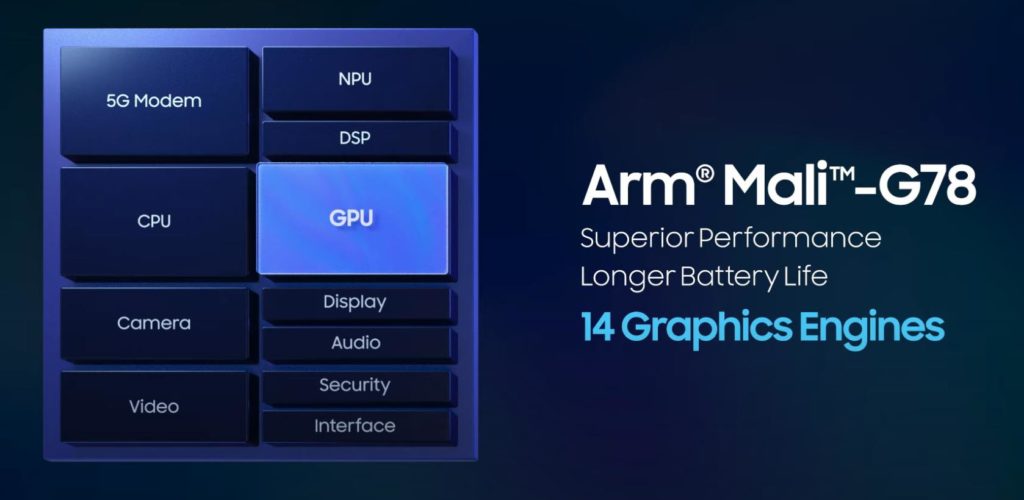
Comparisons on the GPU are harder, Qualcomm use the Qualcomm Adreno 660 which Samsung are using the Mali G78MP14.
Samsung claims a 40% improvement vs the previous Exynos 990, and Qualcomm claimed 35% improvement vs the SD865.
While the Kirin 9000 using on Huawei phones can’t compete with the CPU, that has a massive 24 core Mali-G78, so it will be interesting to see how the Samsung and Kirin GPU compete against each other.
Modem & Connectivity
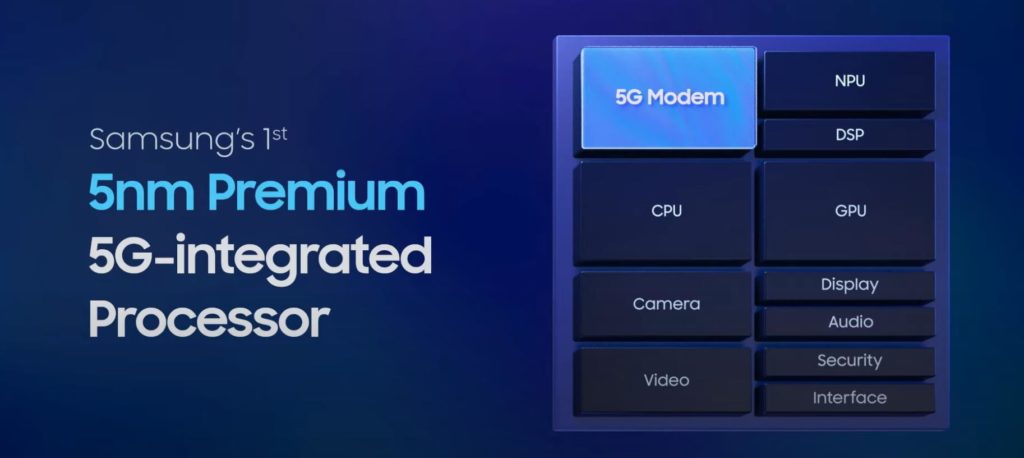
Both Samsung and Qualcomm now have integrated 5G modems, but the Samsung is essentially the same Exynos 5123 modem we saw on the Exynos 990.
I was hoping to see some mention of the Wi-Fi within the press releases, but nothing is mentioned at all. The new Qualcomm Snapdragon 888 supports the latest Wi-Fi 6E with 6Ghz.
Camera & Video
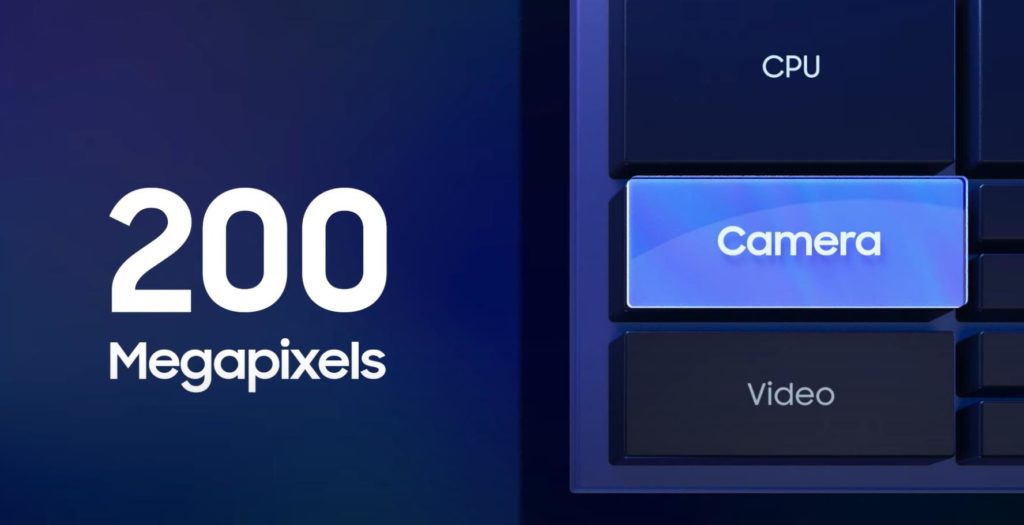
Both companies are claiming big improvements with the camera processing. The new Samsung chip supports single-sensors up to 200MP, while also connecting up to a total of 6 camera sensors, and simultaneously running 4 of them in parallel.
The Qualcomm can only handle 3 simultaneous cameras.
The Samsung encoder has been updated to support up to 8K60 video decoding, although encoding has remained at 8K30/4K120. It now also supports AV1 decoding, something Qualcomm omitted and MediaTek implemented last year.
Benchmarks
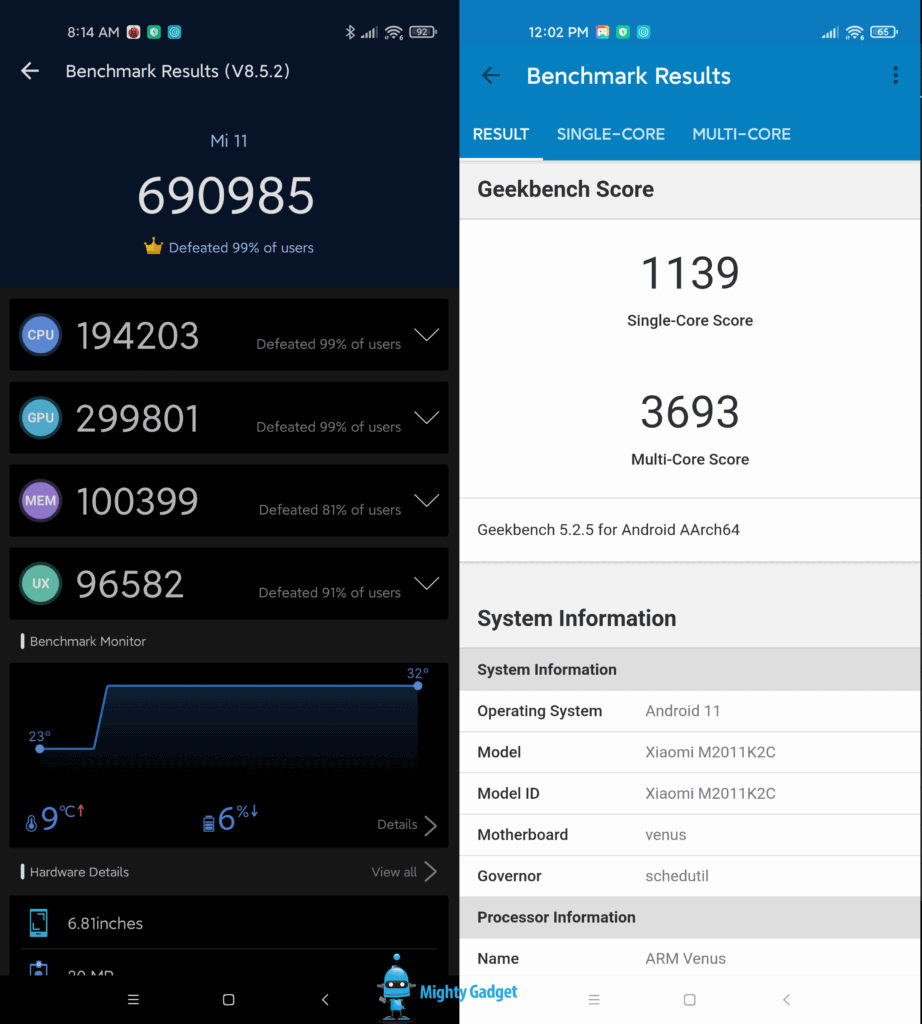
The Samsung Exynos 2100 has only just been announced and no phones launched running so we have no official benchmarks. Several leaks have come out indicating performance.
The Xiaomi Mi 11 has been released and I have it myself so the Qualcomm Snapdragon 888 benchmarks are genuine results carried out by myself.
All benchmarks are done in the default state, no performance mode or anything like that.
Geekbench
Early leaks of the Qualcomm had it going up to 1,204/ 4,121 with a second leak of 1,105/3,512.
My result was 1139/3693, which is excellent and in line with the second leak.
The Samsung has been claimed to achieve 1,323/4,215, which seems believable based on the higher clocked cores.
Antutu
For the Xiaomi Mi 11 using the Qualcomm Snapdragon 888, I was able to achieve a monstrous score of 690,985 which is almost 20% higher than the SD865 on the Xiaomi Mi 10T Pro.
Reports of poor thermals are a concern here. During the test, my battery went up 9 degrees c vs 4.5 degrees c when I tested the Mi 10T Pro.
No Antutu Exynos 2100 results are available yet.
3DMark
For 3D mark, I don’t think there have been any leaks of the Exynos 2100 yet, but the Snapdragon 888 achieved:
- Sling Shot Extreme: 8274
- Wild Lift: 5663
Battery Life
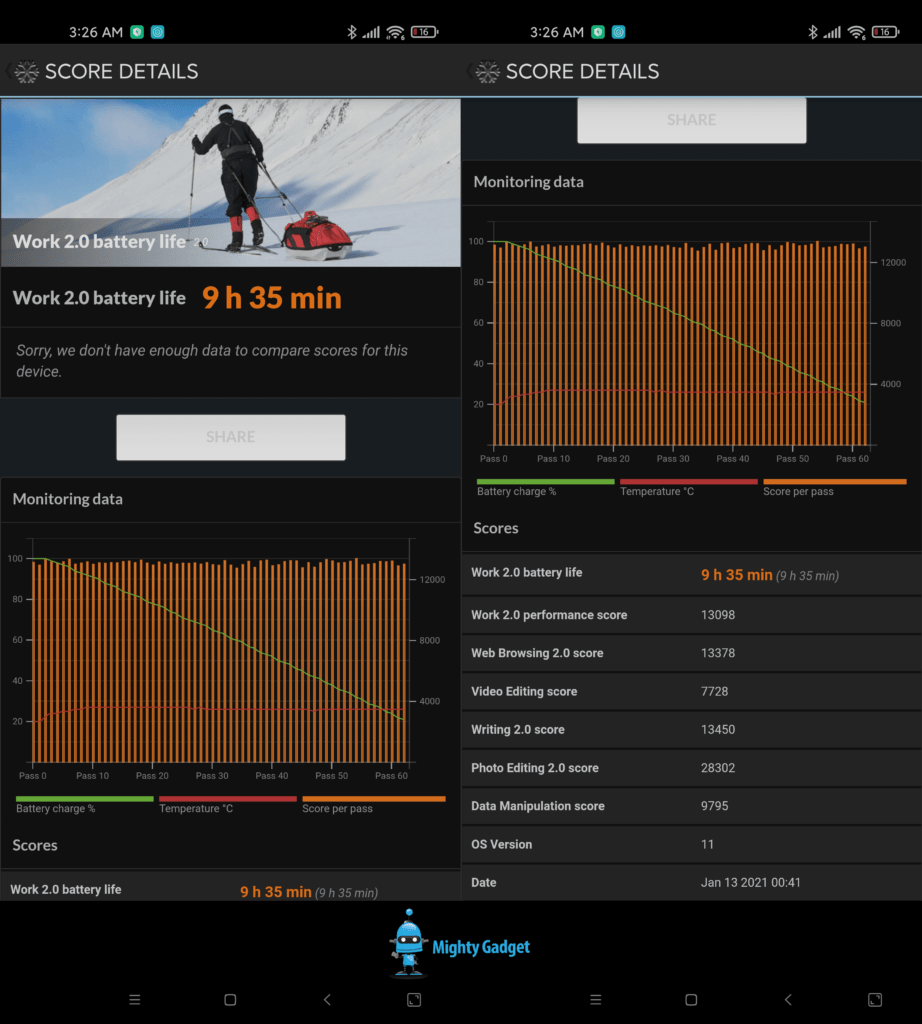
There is no word on how the Samsung and Qualcomm perform with battery efficiency, but I will update this section when more data comes in.
During my testing of the Xiaomi Mi 11, it performs well, but not class-leading. I can easily get a full days worth of real-world use out of it
For reference, I managed 9h 35mins using the PC Mark Work 2.0 battery life test which is about the same as the Realme X50 Pro from last year, but less than all the other flagship phones I reviewed (which was a limited selection). The Xiaomi Mi 10T Pro with its 5000 mAh battery achieved almost double at 19h 45mins.
Overall
A lot of people see sceptical about the Samsung Exynos 2100, disappointed that we are once again having an Exynos based Galaxy S21 in the UK while the US gets Qualcomm.
I am feeling a little more optimistic towards it, on paper, it looks good, in theory, it should be more powerful, but it is the battery life that needs to be good, or at least comparable to Qualcomm.
I am James, a UK-based tech enthusiast and the Editor and Owner of Mighty Gadget, which I’ve proudly run since 2007. Passionate about all things technology, my expertise spans from computers and networking to mobile, wearables, and smart home devices.
As a fitness fanatic who loves running and cycling, I also have a keen interest in fitness-related technology, and I take every opportunity to cover this niche on my blog. My diverse interests allow me to bring a unique perspective to tech blogging, merging lifestyle, fitness, and the latest tech trends.
In my academic pursuits, I earned a BSc in Information Systems Design from UCLAN, before advancing my learning with a Master’s Degree in Computing. This advanced study also included Cisco CCNA accreditation, further demonstrating my commitment to understanding and staying ahead of the technology curve.
I’m proud to share that Vuelio has consistently ranked Mighty Gadget as one of the top technology blogs in the UK. With my dedication to technology and drive to share my insights, I aim to continue providing my readers with engaging and informative content.



